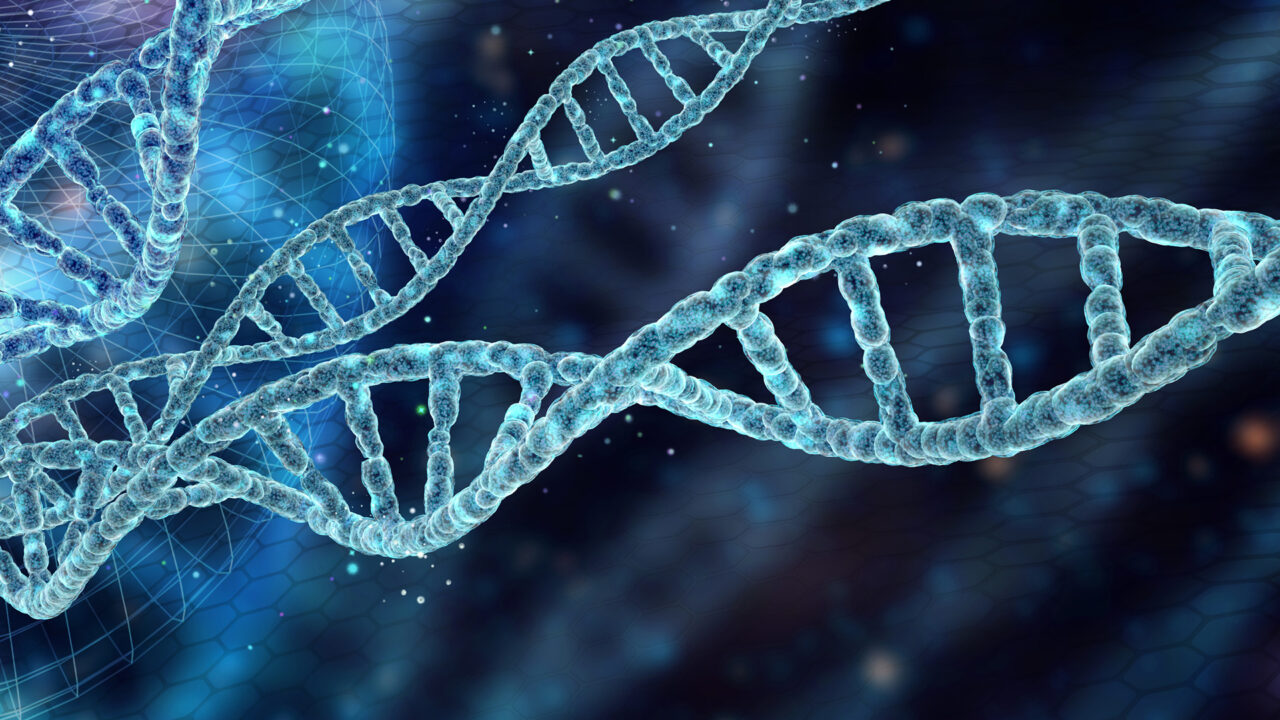What is it?
Genome is a fancy word for all your DNA – from plants to people, all living organisms have their own genome. If all the DNA from a single human cell was stretched out end-to-end, it would make a six-foot-long strand comprised of a six billion letter code, underlining the complexity of this science.
First, the terminology. Whilst ‘genetics’ is essentially the science of looking at individual genes and their role in inheritance, the explosive growth is in ‘genomics’ which focuses on the structure, function and mapping of whole genomes, i.e. all our genes, to identify their role in how the body functions.
This last bit is very important because it paves the way to new medicines. In a contemporary context, genetics may tell us if COVID-19 started in a laboratory or food market whereas genomics was used to create the vaccine to stop it.
Currently, people with vastly different genetic makeups receive the same treatment and the same drugs. Understanding a person’s genetic makeup will help doctors develop tailor-made solutions for genetically similar patients or, eventually, for every single patient.
Pharmaceutical companies are only just starting to develop drugs using genomics. This has largely come about by the innovation behind “gene editing”. Gene editing is exactly what it sounds like – the ability to manipulate a person’s genes where scientists can “cut and paste” mutations that cause, say, cancer out of our DNA.
The first programme to map human genes, the Human Genome Project, took more than 10 years and about $3 billion before it could produce the first genome code. Today, a person’s DNA can be mapped in only a few hours for about $1,000.
Within the next five years it is projected that 100 million genomes will be sequenced (up from 3 million genomes today). Some forecasters are saying that within five years you will be able to have an app on your smartphone with your unique genomic sequence that will enable healthcare professionals to treat you more accurately and effectively.
What is it good for?
This could completely transform healthcare.
We will be able to understand diseases on a personal level. Scientists should be able to use this bespoke approach to cure some of the ‘big killers’ (autoimmune disease, cardiovascular disease, cancer and infectious diseases), especially those in smaller numbers where the healthcare industry has not found research to be commercially viable.
In June of this year, a new treatment using this technology was tested for transthyretin amyloidosis, a rare but progressive and often fatal disease where misfolded proteins build up in the nerves and heart. The first dose showed a drop of between 87% and 96% in the harmful protein in the blood within a month.
Thanks to genomics, scientists can now determine early on which diseases a person might contract later in life, helping doctors to find problems earlier and treat them more accurately.
Is it bad?
Many of the key drawbacks with this technology relate to the potential misuse of the data derived from gene mapping.
This raises questions over matter such as informed consent and protection of privacy to ensure that genetic data is sufficiently well anonymised and protected to avoid possible misuse – people are concerned, for instance, that insurance companies or employers may gain access and act differently in light of the data.
There is also the matter of ownership. Do you own the rights to your genetic code? In 2013, The Supreme Court in the US ruled that naturally occurring human genes are not an invention and therefore cannot be patented.
However, private companies can apply for patents on edited or synthetic genes, which have been altered significantly from their natural versions to count as a new, patentable, product. This could pave the way to unwarranted profiteering.
There is then the issue of malevolent use. As with most of these technologies, there is the scope for evil and the popular press is rife with references to Frankenfood, Frankencells, Frankenlaws, Frankenswine, and Frankendrugs when it comes to genetic modification.
Do we invest in them?
Yes. However, at such an early stage in its development, you don’t want to put all your eggs in one basket, so we have a range of around 15 of the larger companies in the portfolio (more if you count the established pharmaceutical companies that will be adopting this technology).
A few of the pure biotechnology companies in this sector are highly dependent on the success of one or two therapies becoming successful which can make for highly volatile returns. To mitigate this, we take a basket approach with both biotechnology and equipment suppliers, with small weightings in each.
Our largest holding is in Illumina, a US company that makes (and supplies the NHS with) gene sequencers and early cancer detection tests.


